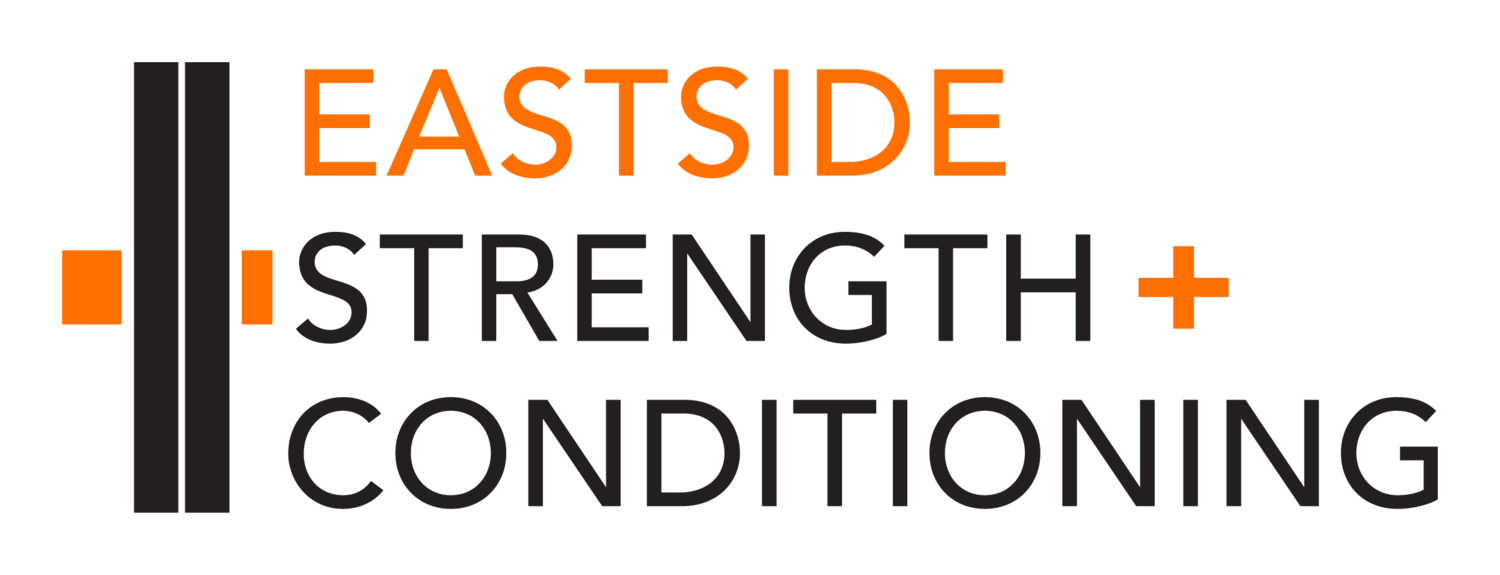Making tracks
 Powered by CrossFit, Travis Johnson splitboards Argentina.
Powered by CrossFit, Travis Johnson splitboards Argentina.

STRENGTH + HEALTH
Eastside Strength & Conditioning offers group training and workouts as well as individualized personal training services for all fitness and experience levels.
Established in 2005, ESC is located in downtown Bellevue, Washington, just off Interstate 405.
 Powered by CrossFit, Travis Johnson splitboards Argentina.
Powered by CrossFit, Travis Johnson splitboards Argentina.
 Strong work, everyone, on last week's five-round Fight Gone Bad! Congrats to all who bested their previous three-round scores.
Strong work, everyone, on last week's five-round Fight Gone Bad! Congrats to all who bested their previous three-round scores.
And, remember, this coming Saturday, September 29th, is the CrossFit affiliate-wide Fight Gone Bad event. We are excited to open the doors at 10 a.m. and take part locally. You need to register by this Wednesday, the 26th, so no lollygagging!
We hope to see you all there.
Pressing weight overhead makes you stronger. Jerking weight overhead allows you to move a greater load and provides an overload and strength development that pressing alone cannot meet. Good technique is critical, but it is not a substitute for strength. All pressing variations can and should be used when addressing your weak areas—static, push, and jerk variants.

This photo sequence shows a rack jerk done, in this case, from behind the neck. (It can also be done with bar racked on the front of the shoulder, as in a regular jerk.) Because the lifter takes the loaded bar from the rack and doesn’t have to clean it into position for the jerk, it can allow a greater load (and a greater overload stimulus).
Execution of the lift is the same as in the traditional manner, once the lifter gets tight and steps out of the rack with the bar. Upon setting the feet and structure (with a giant breath) the weight is jerked overhead to the extended arm receiving position as the lifter drives his body down under it and the feet out into a split stance. The lifter works to stabilize the load, and then steps the front foot back and the back foot forward (as on any split-style jerk), ending standing erect with feet aligned.
"Farther, longer is not fitter, is not healthier." - Greg Glassman

 "You must find a way to get from start to finish, as best you can, solo. No one can give you a cup of fortitude, a neatly packaged perseverance bar. It must come from within."
"You must find a way to get from start to finish, as best you can, solo. No one can give you a cup of fortitude, a neatly packaged perseverance bar. It must come from within."